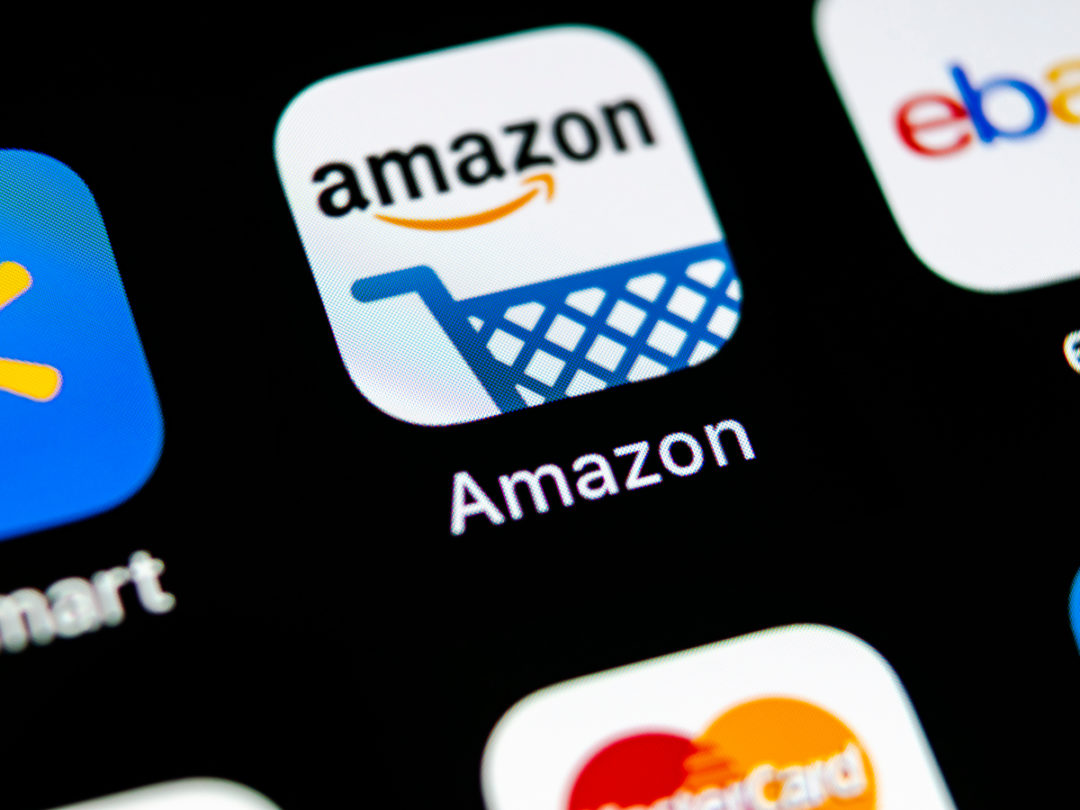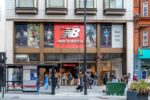
Big-box retailers have long challenged consumer brands with their own private-label alternatives. But it took Amazon.com to turbocharge the practice.
Taking a leaf from the brick-and-mortar playbook, Amazon has introduced a large number of private labels, offering cheaper goods in direct competition with familiar brands. Some are expressly identified as such — the extensive clothing line of Amazon Essentials, for example. But others are marketed in a stealthier manner: Mama Bear for baby products, Franklin & Freeman for men’s dress shoes, Single Cow Burger for frozen foods. As of mid-2018, the company’s roster of private brands was at 76 and growing.
In addition to that incursion of instant brand names, Amazon has launched an “accelerator” program, to lure third-party sellers into the “Amazon family of brands.” It’s just one more step in the e-commerce giant’s long-game strategy to become the “everything store.”
Amazon is providing a digital platform aimed at third parties that are developing their own microbrands, with the goal of folding them into its own house brand, AmazonBasics. Launched in 2009, the line now includes well over 1,500 products.
In addition, there’s Amazon’s Our Brands initiative, described by the company as “Amazon private brands and a curated selection of brands exclusively sold on Amazon.”
For smaller merchandisers, Amazon’s moves undercut the advantage they enjoyed in the e-tailer’s early days, when sellers of all sizes had equal access to online shoppers. (That was the theory, at least.) Now, Amazon is positioning itself as provider of both products and fulfillment services. It’s threatening to crowd out the biggest retail consumer brands, not to mention the little guys.
Amazon’s private brands aren’t competing entirely on price, says Chirag Patel, chief customer officer with Bamboo Rose, a vendor of supply-chain software for retailers and suppliers. In areas such as fashion, some might fit between lower-end products and the most expensive designer names. With their cute names and broad offerings, the Amazon brands could even end up attracting a strong consumer following, he says.
In a bid for survival, independent brands might be tempted to keep their products off Amazon.com entirely. But with the exception of certain luxury goods, most suppliers can’t afford to completely disassociate themselves from the dominant Amazon channel.
For merchandisers, the trick lies in balancing sales on Amazon with maintaining their own e-commerce platforms and private labels. In some cases, a minimal presence on Amazon might even serve to bolster the latter.
“We’ve seen some retail brands experimenting by selling products on Amazon as more of an evaluation strategy,” says Patel. They end up restricting exclusive labels to their websites and brick-and-mortar stores. In the process, they avoid cannibalizing their own sales channels.
Amazon continues to serve as a vital conduit for many branded consumer products, Patel says. Soft-line products priced in the midrange “have done very well on the Amazon platform. They complement their overall mix of products and topline growth.” Too much reliance on the Amazon channel, however, can end up undercutting one’s brand identity and exclusivity.
For sellers looking to stay clear of the black hole that is Amazon’s Our Brands, a generic approach to the marketplace simply won’t do. Some of the largest brick-and-mortar merchandisers are working hard to differentiate their offerings. Retailers such as American Eagle, Kohl’s and Macy’s “have been able to focus on what makes them unique,” says Patel. “You’ve got to bring products to market more quickly, focus on brands and fashion relevance, and create private-label offerings that you can’t get on Amazon.”
The original rationale for most private-label items was their cheaper price tag. In a big-box retail store, the house brand would be placed right alongside established products. Often it would sport a similar label and color scheme, yet be offered at a significant discount.
While that gap continues to drive many private-label brands, both in store and online, their success today — and the continued survival of established brands — is more than a matter of price, Patel stresses. The customer experience is also key. There’s no question that Amazon and other big retailers are responsible for a serious erosion of brand loyalty in recent years. But it’s far from being entirely dead. Consumers can still be dazzled by an attractive and well-designed website, exclusive in-store offering, or generous loyalty program.
As the Amazon behemoth marches on, certain old-line suppliers both large and small will inevitably fall by the wayside. Others that pursue a creative approach to their own private labels, while managing to strike a delicate balance between Amazon, their own sites and physical stores, will manage to thrive.
Their success might be far from assured, says Patel, “but they’ve come a long way — and they’ve bridged that gap a little.”







